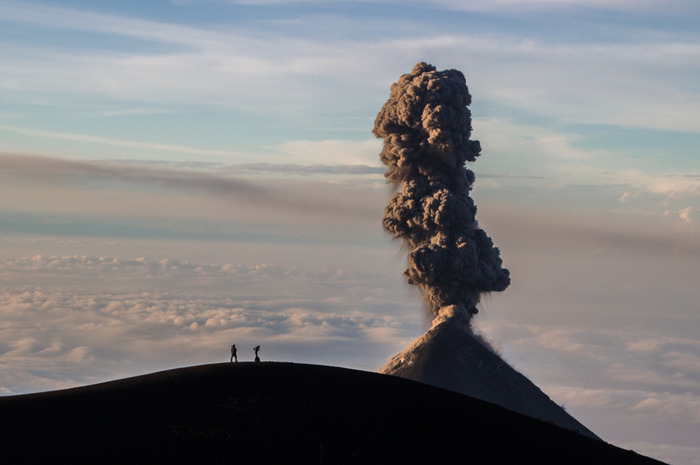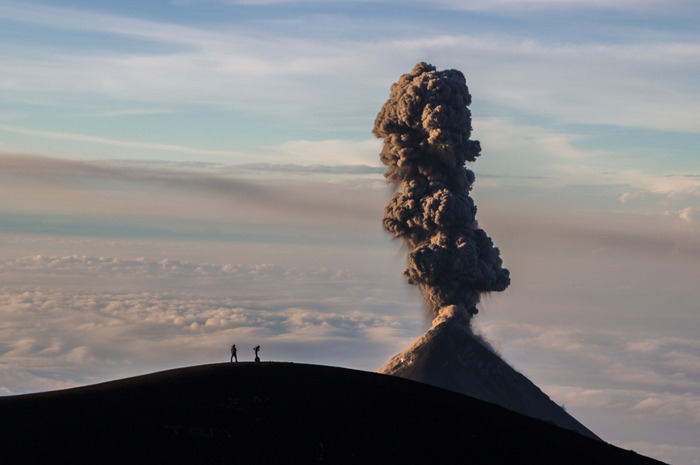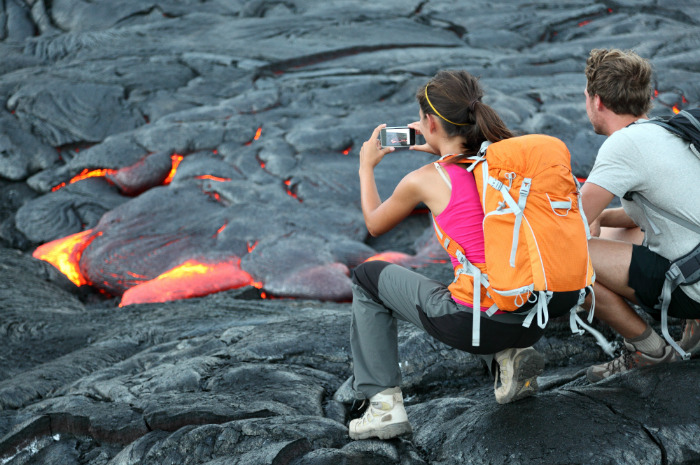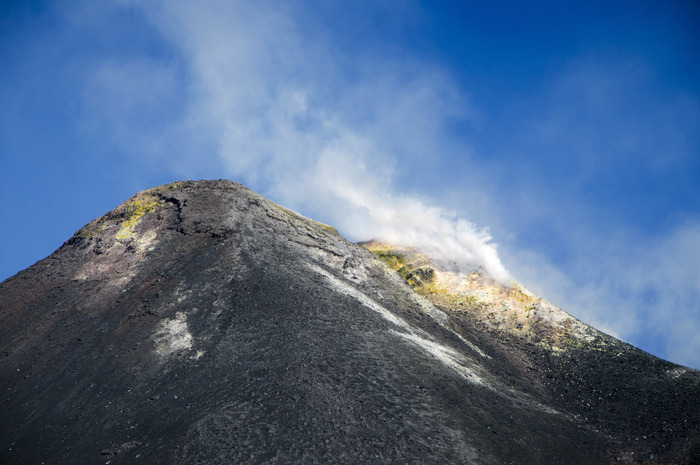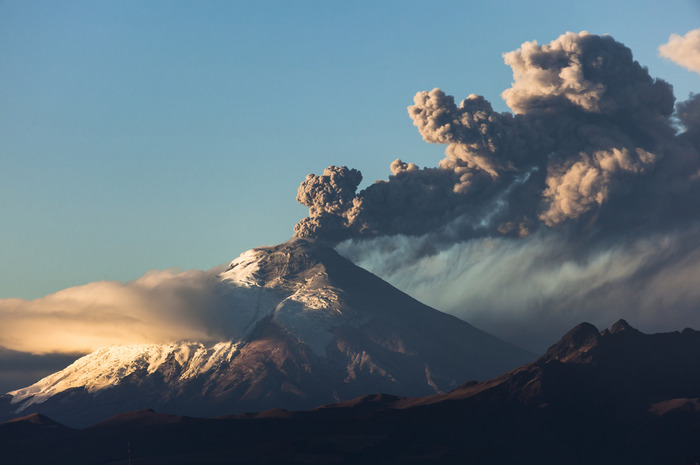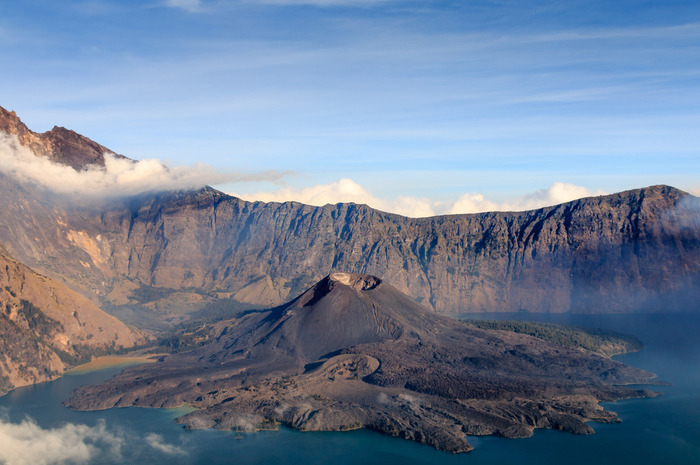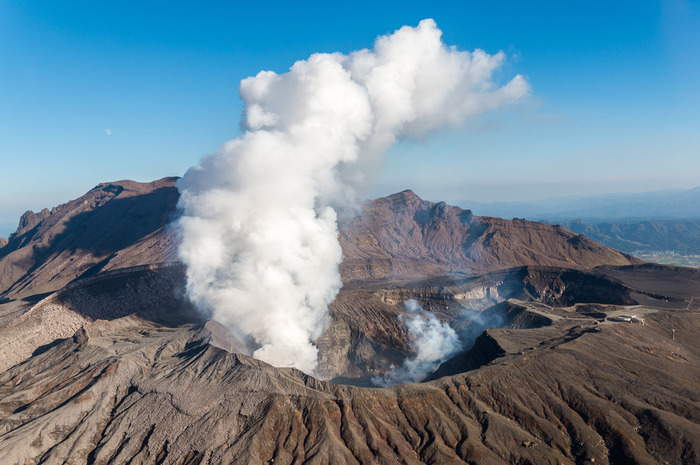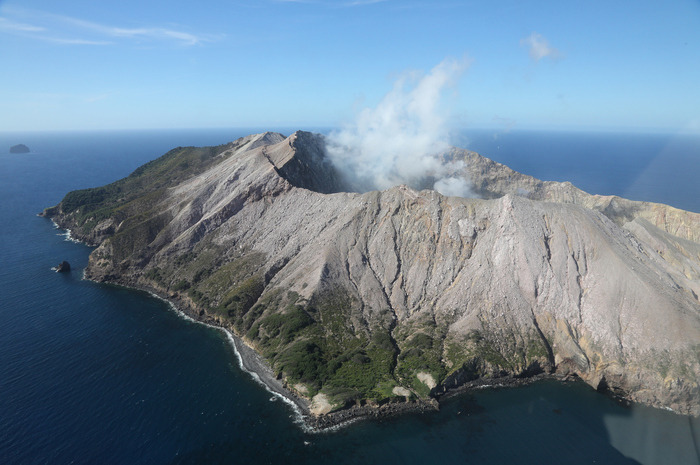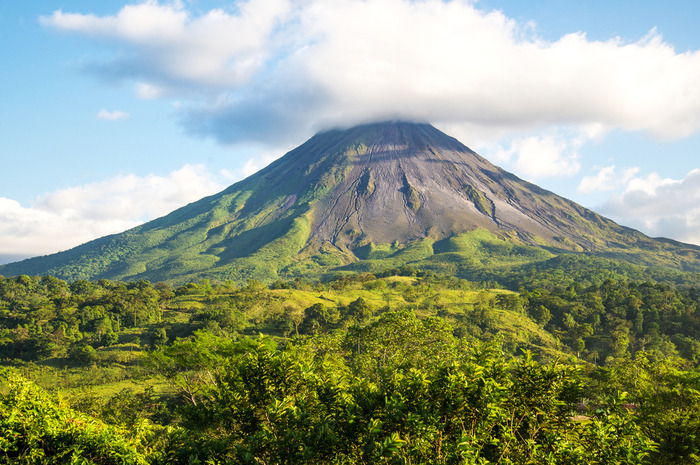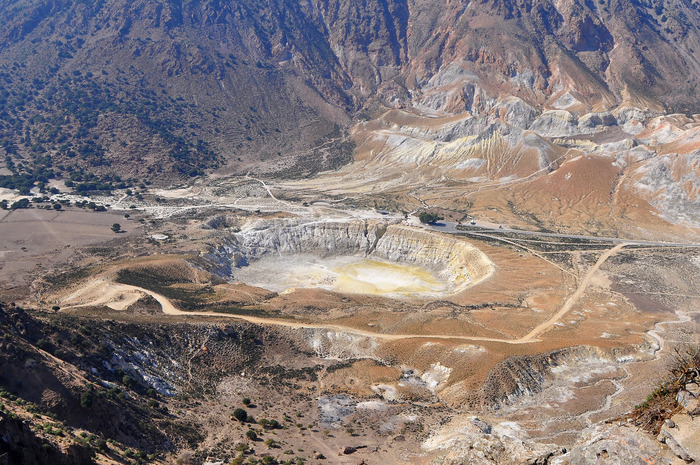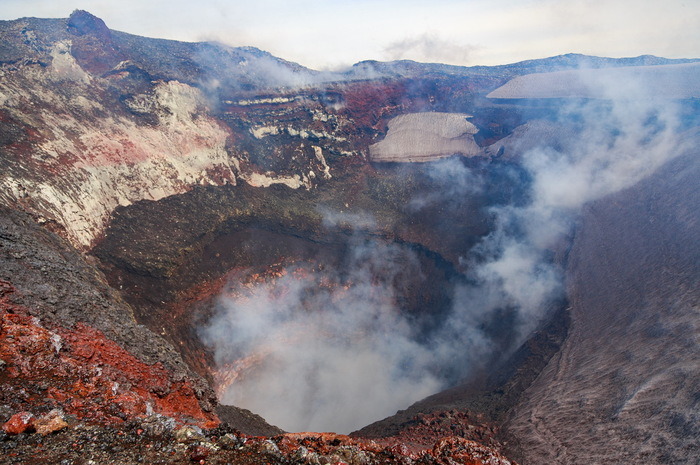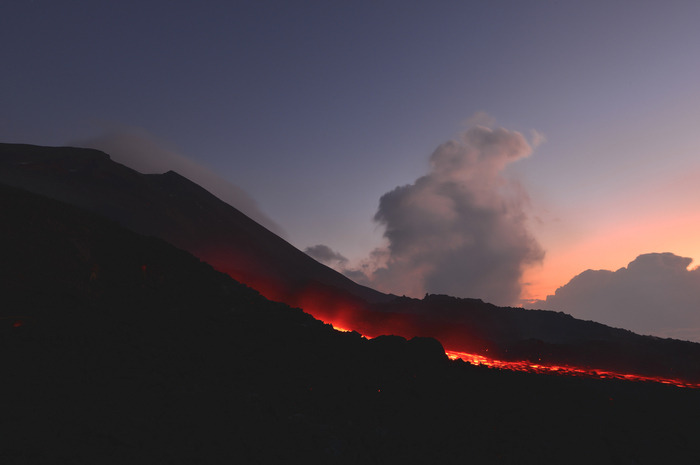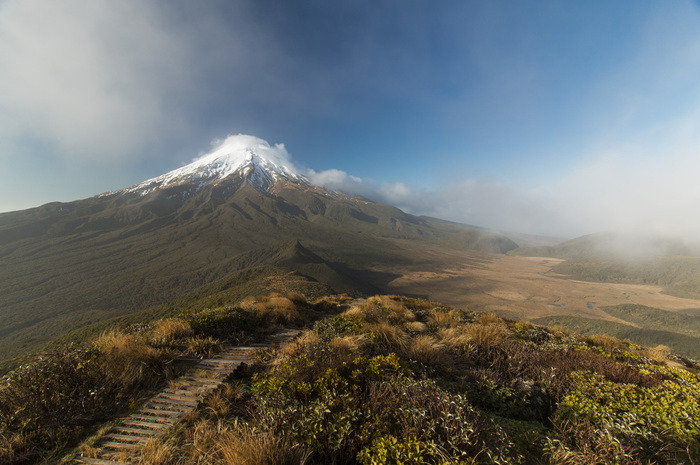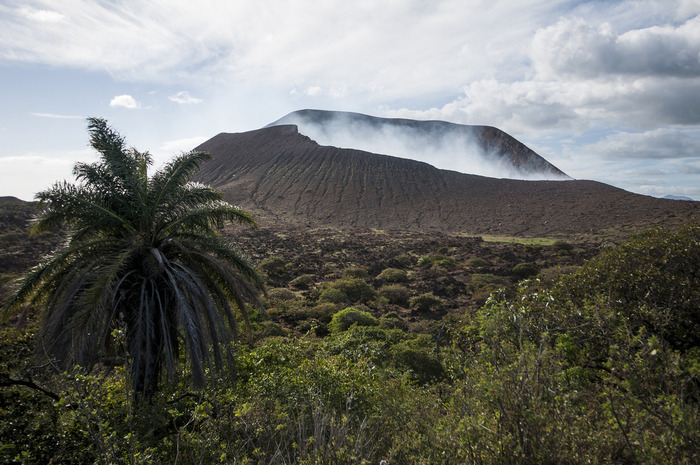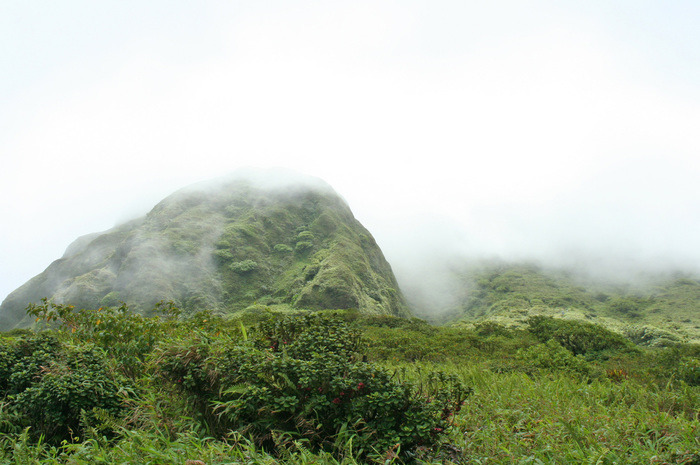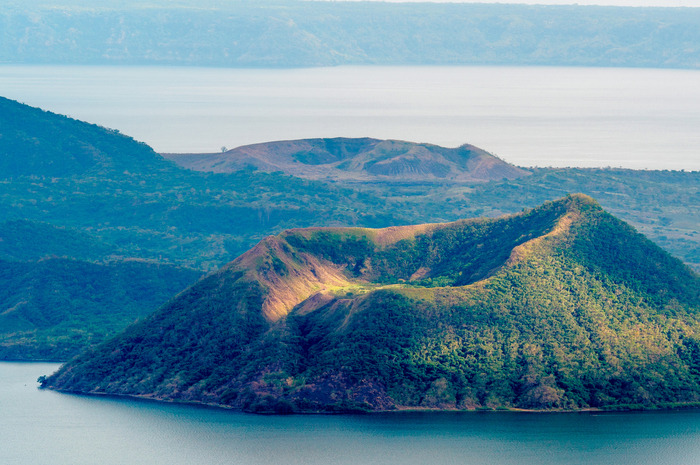Most Incredible Active Volcanoes You Can Actually Hike Around The World
Most Incredible Active Volcanoes You Can Actually Hike Around the World
A lot of volcanoes have been in a continuous eruption state for decades and even thousands of years. You can monitor the activity of each one online so you can plan your hike accordingly. Hiking is already an unforgettable adventure because of the uncertainty it offers. As is the case with most thrilling experiences, people want more. Hiking a dangerous and active volcano is an exhilarating way to explore otherworldly terrain, steep slopes, lava flows and hot springs all in one trip.
Kīlauea, Hawaii
As the most active volcano in Hawaii, Kilauea has had a history of eruptions. A major eruption in 1983 produced Pu'u 'Ō'ō vent which still produced lava flows. Try hiking the Kīlauea Iki Trail. You will descend through a lush rainforest to the floor of the solidified, however still steaming Kīlauea Iki Crater lava lake, according to NPS. Bring water, food, hat, sunscreen and rain gear.
Mt. Etna, Sicily, Italy
As one of the most active volcanoes in the world, Mount Etna is in a constant state of activity. Designated as a Decade Volcano as well as a World Heritage Site, the volcano still experiences eruptions. Despite its danger, it is a main tourist attraction that can be seen by foot, special terrain vehicle or by cableway that runs uphill.
Cotopaxi, Ecuador
The sight of the wide crater atop Cotopaxi is well worth the trek, though eruptions still pose a high risk. Hundreds of climbers attempt to reach the difficult summit each week and are required to use crampons and ice axes among the icy snow.
Mt. Rinjani, Indonesia
Mount Rinjani is an active volcano in Indonesia on the island of Lombok. It rises to 12,224 feet, making it the second highest volcano in the country. The most recent eruption of Mount Rinjani was on Oct. 1, 2004. The giant oval-shaped caldera is filled partially by a lake, approximately 6,560 feet above sea level and is estimated to be between 650 and 980 feet deep, according to Trekking Rinjani. The caldera also contains hot springs. The highlands are forest clad and mostly underdeveloped; the lowlands are highly cultivated.
Mount Aso, Kyushu, Japan
Mount Aso's ancient caldera ranks among the world's largest, with a diameter of up to 15 miles and a circumference of over 60 miles. In the center of the caldera stand the mountain's active volcanic peaks, including Mount Nakadake, whose spectacular crater is easily accessible to tourists by toll road or ropeway, Japan Guide says. The caldera is sometimes closed due to poisonous volcanic gases so check the current state before heading out.
Whakaari (White Island), Bay of Plenty, New Zealand
White Island is an active andesite stratovolcano and is constantly active, according to Summit Post. Although only 1,053 feet high at the highest point on the rim, most of the mountain is submerged and it has its real roots on the sea floor, another 4,265 feet below the surface.
Arenal, Costa Rica
This young volcano was dormant for hundreds of years until it suddenly erupted in 1968. Volcanic activity has continually decreased over the years and though it does not spew large amounts of lava or gas like it used to. It is a beautiful hike filled with interesting plant life and scenery.
Nisyros, Dodecanese, Greece
Nisyros is an island, well off the beaten path in Greece, with three craters. The locals call them Stephanos, Alexandros and Polyvotis. Two eruptions, 25,000 and 15,000 years ago, gave birth to today's caldera. As you descend into the enormous crater, you could be entering an unknown yellow-streaked, ashen planet, with bubbling pits, enormous cracks, and a powerful stench of sulfur, according to Discover Greece.
Villarrica, Chile
Climbing Volcan Villarrica in Chile is not a very technical expedition. You don't need to have years of mountaineering experience, but don't try it if you can't handle high altitudes. Villarrica is one of Chile's most active volcanoes. It is also the westernmost of three large stratovolcanoes that trend perpendicular to the Andean chain along the Gastre Fault, according to Summit Post. Ascents of the volcano are popular among active adventurers in the summer.
Pacaya, Guatemala
In 2014, Pacaya's moderate explosive eruption spout a fire fountain of about 800 meters tall. People describe the hike as an "excellent medium-high effort trek." You can rent horses on the way up and down, according to Trip Advisor, which will only make the adventure more thrilling.
Mount Vesuvius, Italy
Mount Vesuvius is one of the most famous volcanoes in the world because it buried Pompeii when it erupted in Roman times. However, the last time it erupted was in 1944. You will meet a lot of tourists there who will try to hike that last 650 feet to see nature's fierceness. The most common path will take you to the edge of the main crater.
Telica, Nicaragua
You'll camp at the foot of the crater, just about 600 feet away from it according to The Outbound Collective. Volcano Telica is one of most active ones in the country. You can get right to the edge of the crater to see the lava and hear the magma coming from the earth.
Mont Pelée, Martinique
Famous for its destructive eruption in 1902 and known as the worst volcanic disaster of the 20th century, Mount Pelee is under continuous watch and likely to erupt again. Many visit to see the incredible Tower of Pelee which soars 1,000 feet and is one of the most spectacular lava domes ever created.
Mount Shishaldin, Alaska
Due to its remoteness and difficulty to climb, Mount Shishaldin is not a common hike. But for the willing, the climb to the top brings you to a near-perfect cone, and incredible ski descents in any direction. The volcano has not had much activity since the eruption in 1999, but it does continually puff steam.
Taal Volcano, Philippines
This easy hike, it takes about an hour to get to the top. Along the walk you will see the main crater lake, fumaroles, boiling mud ponds, geysers, and dry lava fields. Because of past disasters, the volcano is monitored as a Decade Volcano for close study in preventing future natural disasters.
